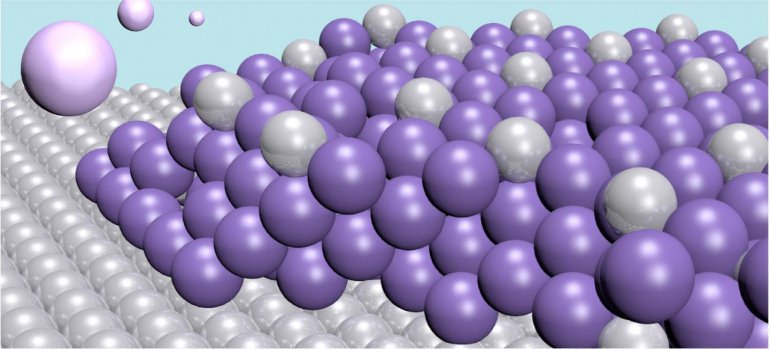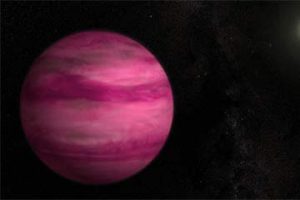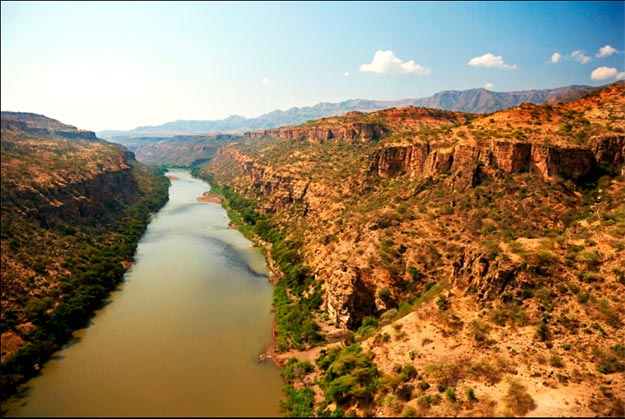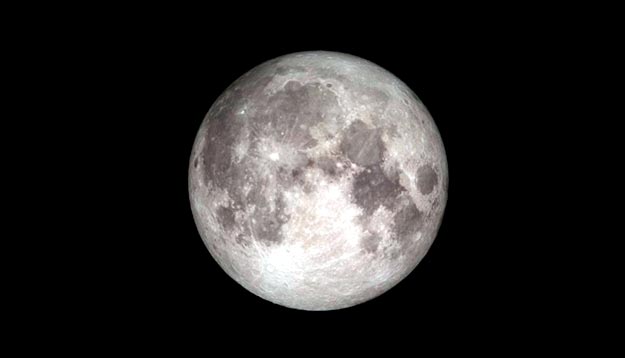Water which has been contaminated with mercury and other toxic heavy metals is a major cause of environmental damage and health problems worldwide. Now, researchers from Chalmers University of Technology, Sweden, present a totally new way to clean contaminated water, through an electrochemical process. The results are published in the scientific journal Nature Communications.
“Our results have really exceeded the expectations we had when we started with the technique,” says the research leader Björn Wickman, from Chalmers’ Department of Physics. “Our new method makes it possible to reduce the mercury content in a liquid by more than 99%. This can bring the water well within the margins for safe human consumption.”
According to the World Health Organisation (WHO), mercury is one the most harmful substances for human health. It can influence the nervous system, the development of the brain, and more. It is particularly harmful for children and can also be transmitted from a mother to a child during pregnancy. Furthermore, mercury spreads very easily through nature, and can enter the food chain. Freshwater fish, for example, often contain high levels of mercury. Read more






